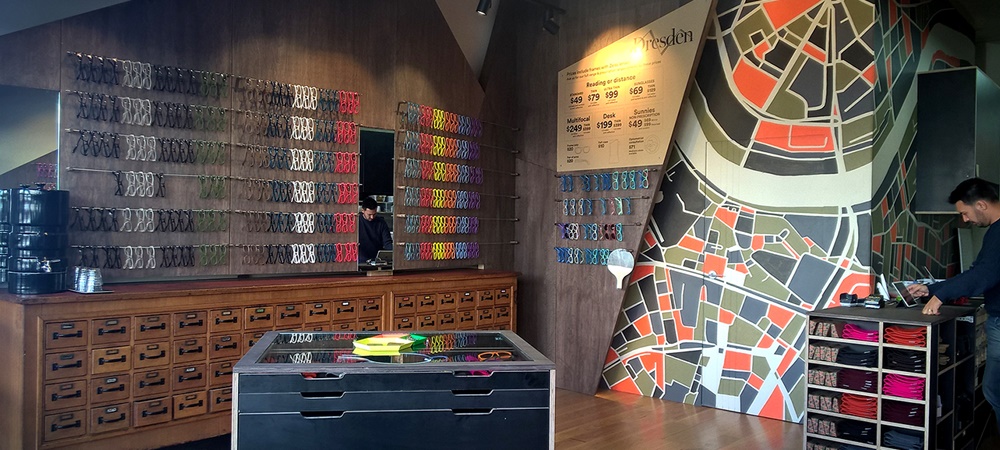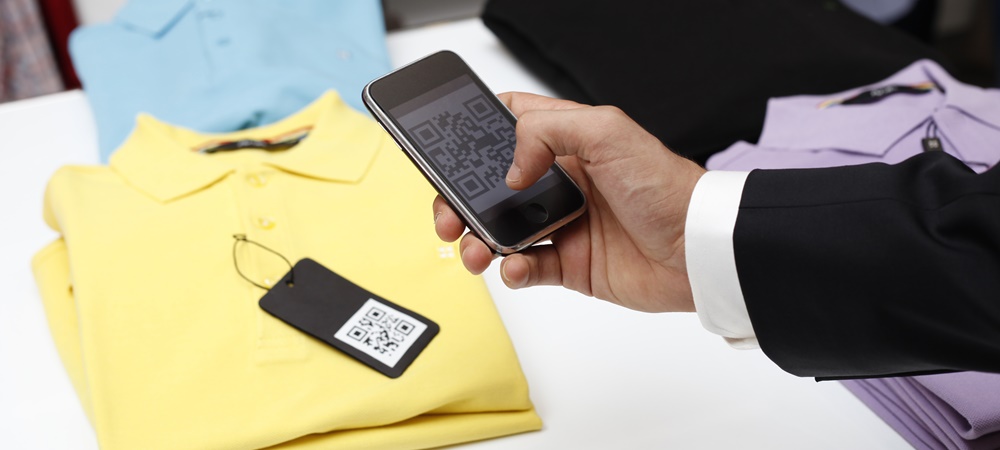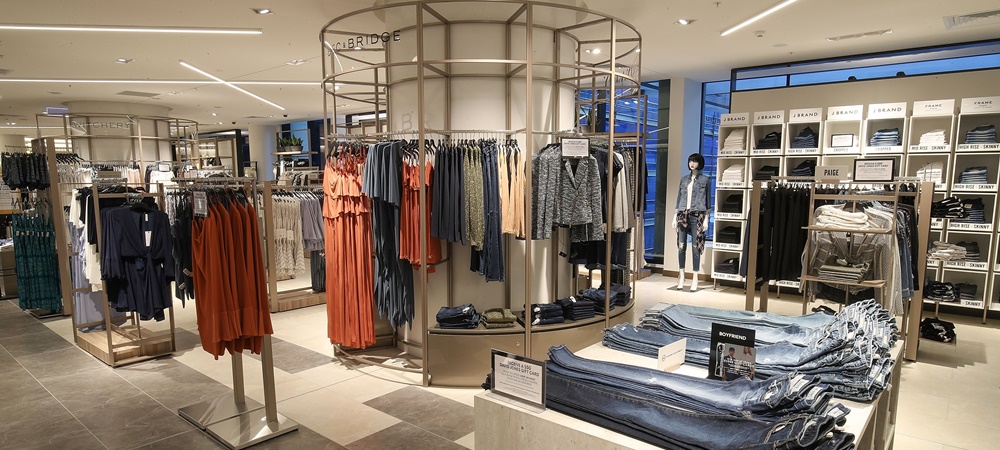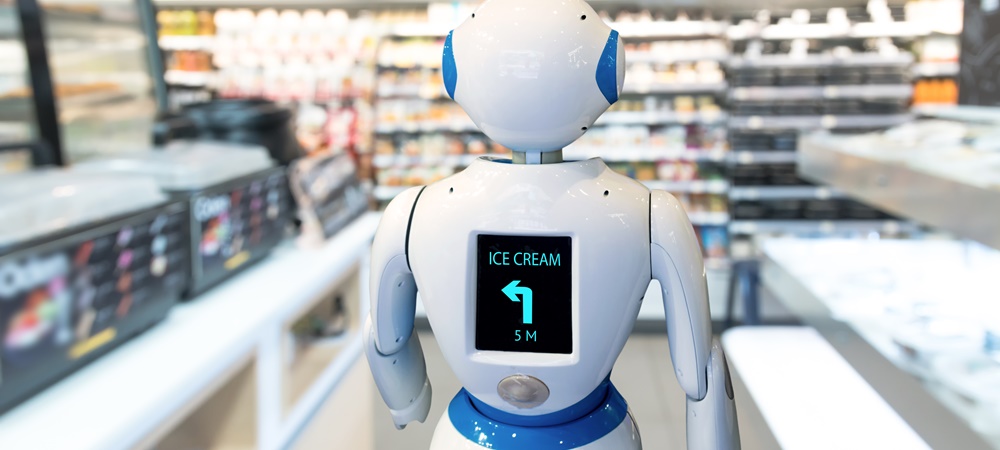There has been a huge amount of upheaval in the Australian retail space this year, from a number of stores closing to Amazon launching. And as retail evolves so too does technology, in order to better help retailers compete and grow with the modern shopper. We see big things coming for 2018, like robots, in-home services and QR codes (yes, really).
Here are six tech trends we think will have the biggest impact on the retail industry in 2018.
1. Retailers will increasingly rely on robots (but not as we know them)
While we don’t see robots talking to customers on the shopfloor, we do expect bots to play a bigger role in supporting retail operations. One example is fulfilment centres, with companies like Amazon investing in robots to help pack and ship items. In 2017, the retail giant had robots in about 20 per cent of its fulfilment centres, and we anticipate this number to grow.
We’ll also see more robots used online, in the form of chatbots. According to Ubisend’s 2017 Chatbot Report, which surveyed 2,000 consumers, the majority of consumers are aware of what a chatbot is (57 per cent) and over a third (35 per cent) want to see more companies using chatbots to answer their questions.
This trend won’t slow down in 2018. As more Australians embrace instant messaging apps such as Facebook Messenger and WhatsApp, we can expect retailers to use these platforms to talk to customers and streamline communications. For instance, if a shopper wants to track their order, they can simply ‘ask’ the retailer on Messenger and a chatbot can automatically retrieve the shipment information.
2. In-home services, delivery, and ‘chore’ shopping will become easier
Consumers no longer want to leave the house to buy unexciting items (like toothpaste). So, what will retailers do to reach these customers? We anticipate many, particularly those selling commodities, will try to engage customers by connecting with them in their homes.
In 2018, the act of buying commodities (i.e. buying things because we have to) will become less of a chore. Players like Amazon and subscription based businesses will make shopping for their items easier, through offerings like auto-renewals, one-tap purchases, and same-day delivery. In other words, the ‘chore’ or routine component of shopping will become more streamlined.
Meanwhile, the experiential side of retail—the part that involves discovering great products and socialising with others—won’t go away. People will still make their way to physical stores because they want to enjoy experiences and find unique items they won’t find anywhere else. Australian retail is becoming more vibrant and diverse, with more independent stores and artisan products. There are more carefully curated sets of products to fall in love with and cherish. It has never been easier to run a retail store, and technology is driving this.
3. Retailers who enable shoppers to build and customise products will prosper
Personalisation will still be a key retail trend in 2018 and beyond. We’re not just talking about putting someone’s name in an email subject line or letting customers put their initials on products. We’re referring to personalisation that makes shopping more exciting, by enabling shoppers to build products and customise them down to the very last detail, like building your own purse or watch.

A Dresden store.
Eyewear retailer and eye healthcare provider, Dresden, is taking personalisation to the next level. Dresden takes plastic waste and discarded fishing nets from Australian beaches and upcycles them into affordable frames. Shoppers can then create their own sunglasses by interchanging the lenses and frame parts, which come in a variety of colours and sizes. The result? Shoppers can purchase eyewear that’s unique, stylish, and environmentally friendly.
4. Retailers who step up their social media strategies will thrive
The rise of Instagram Stories, Facebook Live and messaging apps will fundamentally change how retailers interact with consumers online. Simply posting photos or updates to a branded social profile won’t cut it anymore. Retailers will need to up their social media game and use social networks and apps to tell stories and engage with fans and followers in real time.
5. QR codes will make a comeback
QR codes have gone in and out of style many times in the past decade or so, but for 2018, we’re willing to bet that these codes make a comeback.

With Apple baking QR code scanning into iOS 11, it’s easier than ever to use QR codes. All you need to do is launch the iPhone’s native camera app and it will automatically read the codes—no extra software required. This will encourage businesses to further leverage QR codes in their sales and marketing. For example, many brands are incorporating these codes into their packaging or advertising and marketing materials to make it easy for shoppers to quickly visit their website on their mobile device.
6. Retail store formats will be more diverse
Expect one-size-fits-all (i.e. traditional) store formats to decline. Retailers will increasingly establish a variety of store formats to address the needs of different markets and locations. Target has being doing this for quite some time now. The retailer has big box stores in suburban locations, but establishes smaller format stores in dense cities and downtown areas. We anticipate this trend to keep going, and see some retailers experiment with more creative formats.

David Jones has also opened smaller format stores.
As a retailer it’s all about how well you adapt in 2018. For some, evolving might mean exploring new store formats or revamping your selection. For others, it could mean using new technologies or retraining your staff. In all cases, it will be about putting the customer first, and creating a more personal in-store experience.
Dave Scheine is the APAC country manager at Vend.
Get the latest on the art and science of retailing delivered straight to your inbox. Click here to sign up to the weekly retailbiz newsletter.

